Introducing children to the world of music can be a magical and fulfilling adventure. One of the best ways to ignite their passion and develop their skills is through piano lessons. However, finding the right piano books to guide them on their musical journey can be a daunting task, given the numerous options available.
This article aims to make that task easier for parents and caregivers by presenting a curated list of the best piano books for kids. These books have been carefully selected based on their content, methodology, and teaching approach – all essential aspects to consider when choosing the most suitable resources for young learners.
By using the piano books recommended in this article, children can not only build a strong foundation in musical theory and technique, but also foster their creativity and enjoyment of this beautiful art form. Give them a head-start in their musical journey with these outstanding resources.
Reader's Roadmap
Understanding Piano Books for Kids
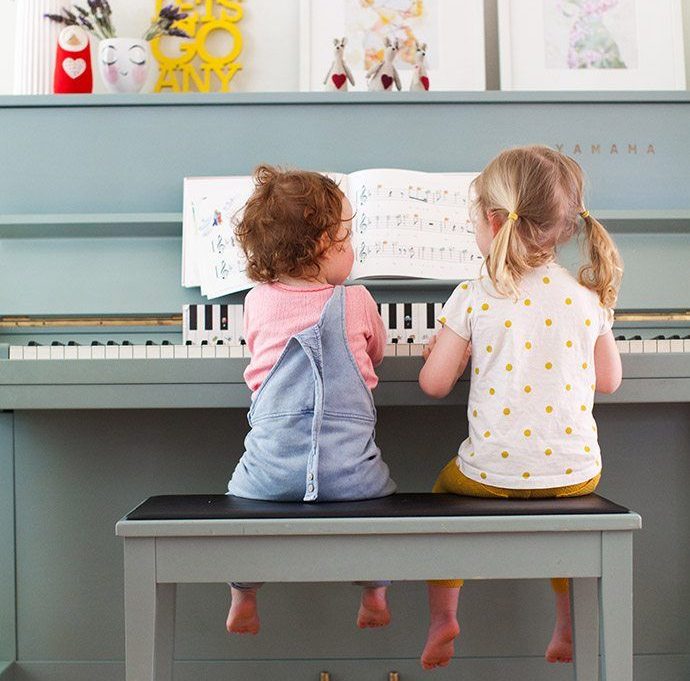
Piano books for kids are specifically designed to cater to the learning needs and attention spans of children. These books help young minds to grasp music notation, finger positions, and other essential skills in an enjoyable and engaging manner. To choose the right piano book for a child, it’s essential to consider the difficulty levels and age-appropriate material.
Assessing Difficulty Levels
When searching for the right piano book, it is crucial to assess the difficulty level to match the child’s current skills and progress steadily. Below is a simple classification of difficulty levels:
- Beginner: Focuses on basic music notation, simple melodies, and easy finger positions.
- Intermediate: Introduces more complex concepts like chords, scales, and arpeggios.
- Advanced: Builds on intermediate skills by challenging the child with intricate pieces and techniques.
It is important to not overwhelm beginners with difficult concepts and intricate pieces too soon, as this might discourage them from continuing their musical journey.
Identifying Age-Appropriate Material
Another helpful guideline is to assess the material based on the child’s age:
- Under 5 years: Young children often have shorter attention spans and may require visually engaging material. Books with colorful illustrations, simple mnemonics, and uncomplicated sheet music can help children grasp basic concepts effectively.
- 5-10 years: Children at this age have usually developed a longer attention span. Piano books that emphasize fun activities and relatable examples can keep them hooked. This age group can benefit from books that showcase famous children’s songs to play and sing along.
- 10 years and older: Older children have the ability to process more complex information. They can handle more advanced techniques and consist of practice exercises to develop dexterity, accuracy, and musical interpretation.
Understanding the child’s interests and preferences can also be helpful in making the piano learning experience more enjoyable and personalized. By considering the difficulty level and age-appropriate material, one can find the ideal piano book to foster a child’s love for learning piano and lead them towards musical accomplishments.
Top Beginner Piano Books
Faber’s Piano Adventures
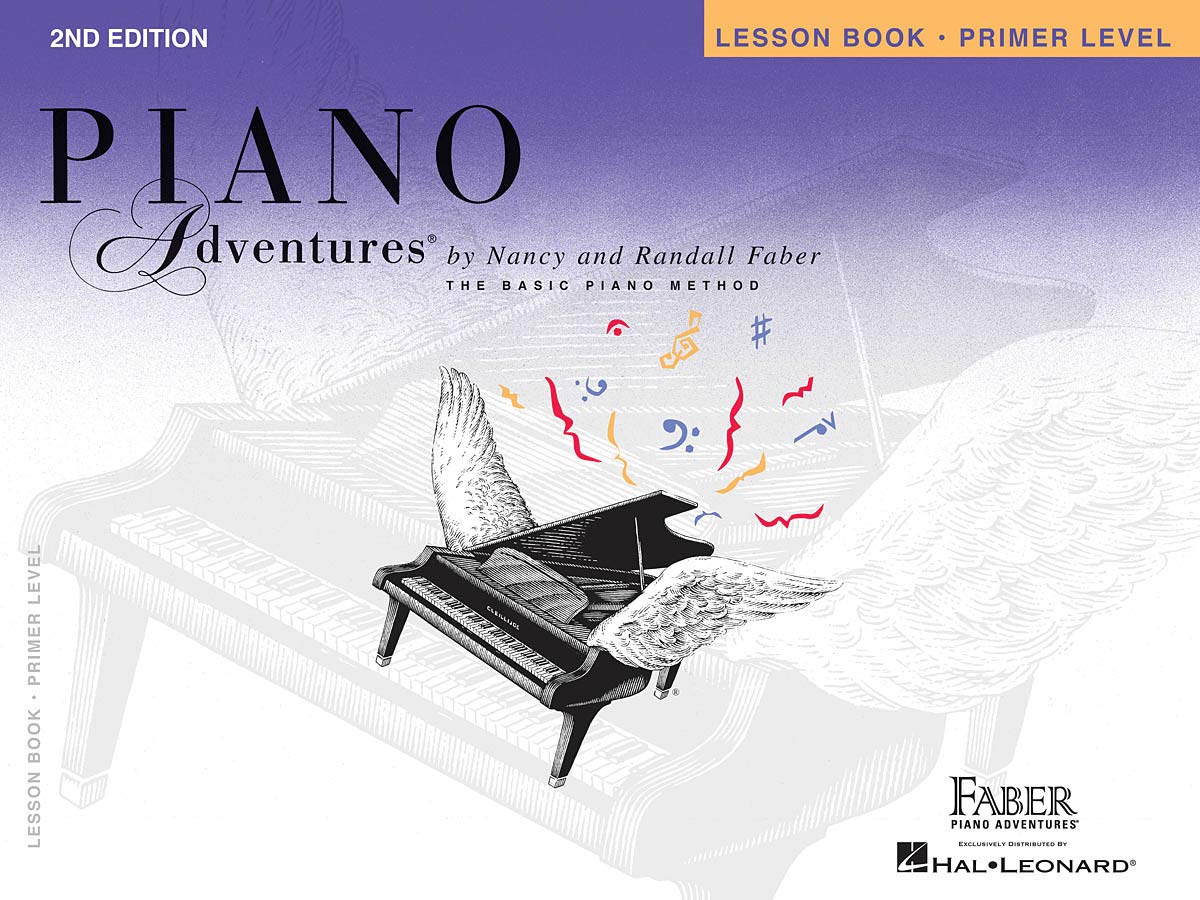
Faber’s Piano Adventures is a widely popular series of piano books for kids, developed by Nancy Faber. With each book designed for a specific level, this comprehensive series takes young pianists from their first lessons to more advanced playing. The Primer A level, in particular, is a fantastic starting point for beginning piano students. Each lesson in the book focuses on building fundamental skills, such as hand positioning and rhythm comprehension while utilizing a variety of colorful illustrations and entertaining songs to keep children motivated and engaged in learning the piano.
Bastien Piano Basics
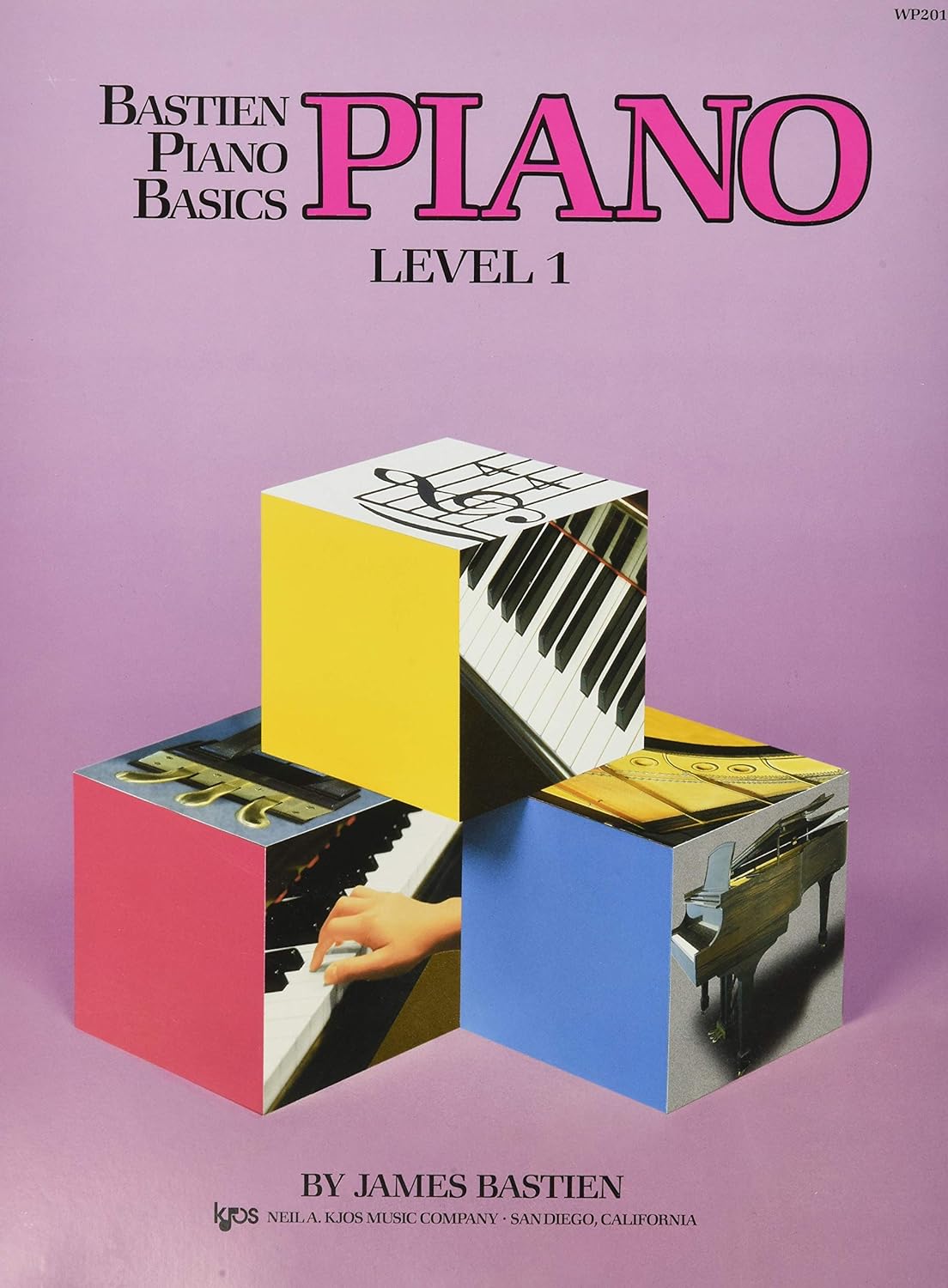
Another excellent choice for young students is Bastien Piano Basics, authored by renowned educator James Bastien. This series of piano books offers a well-rounded learning experience by covering essential concepts like note reading, rhythm, and piano techniques. Beginning students can start with the Primer Level book, which introduces them to the keyboard, simple rhythms, and hand positions. What sets Bastien Piano Basics apart from other series is the inclusion of additional books focusing on specific areas, such as:
- Theory
- Performance
- Technic
- A Line a Day Sight Reading
This allows students to expand their knowledge and skills in a logical, organized manner.
Alfred’s Basic Piano Library
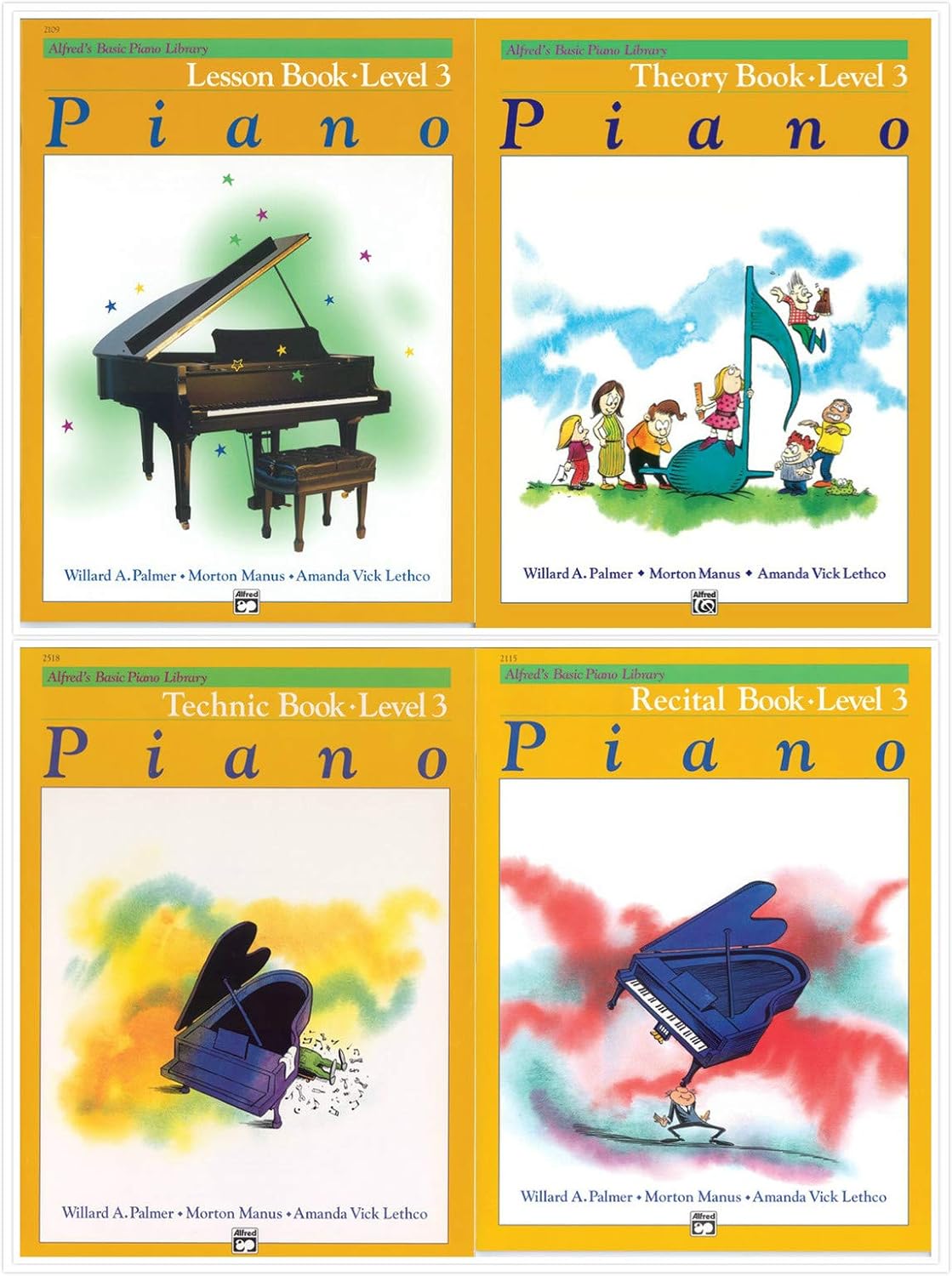
Last but not least, Alfred’s Basic Piano Library is another highly recommended series for kids starting their piano journey. This comprehensive series covers everything a beginner needs to know from proper hand positions to note reading and finger exercises. The books progress sequentially, ensuring a smooth learning path. Alfred’s Basic Piano Library includes several separate books for different aspects of piano learning, such as:
- Lesson Books
- Theory Books
- Recital Books
- Technic Books
- Notespeller Books
These targeted books allow students to develop a well-rounded understanding of the piano, enhancing their overall musicality. Furthermore, the series incorporates different styles of music, making it enjoyable for children to learn and play a wide array of songs.
In summary, Faber’s Piano Adventures, Bastien Piano Basics, and Alfred’s Basic Piano Library are three excellent options for children entering the world of piano playing. Each series offers a distinct approach to teaching and learning, catering to the diverse needs and preferences of young students. By using any of these piano books for kids, students are sure to develop a strong foundation and a lifelong love for playing the piano.
Specialized Books by Genre
Classical Favorites
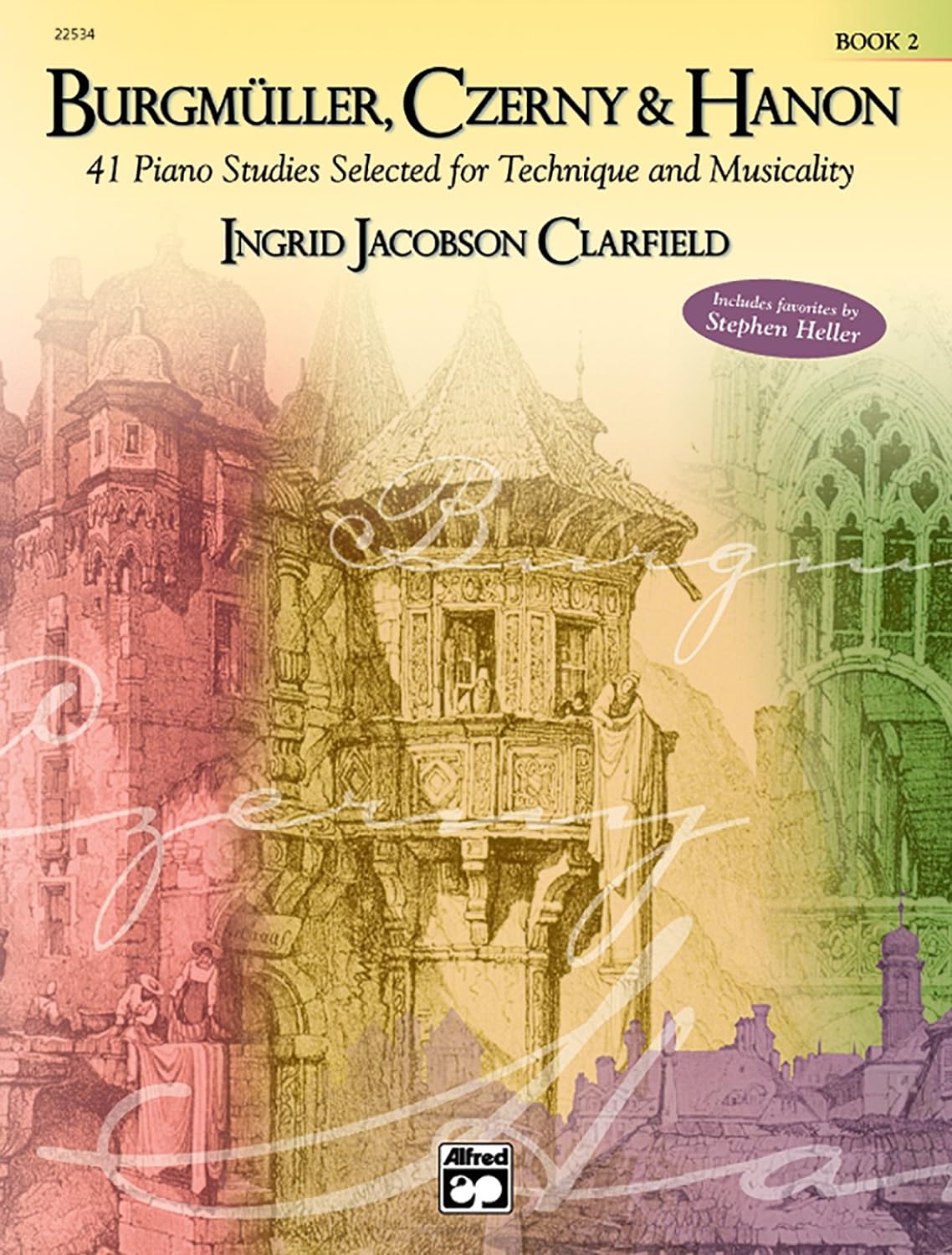
When it comes to classical piano books for kids, there are several options available. One of the most popular is Alfred’s Basic Piano Course: Lesson Book – Level 1A. This book covers fundamental techniques and music theory, incorporating famous classical pieces for young pianists to practice. Another notable option is Piano Adventures: Level 1 – Performance Book by Faber and Faber, presenting delightful classical arrangements specifically designed for children.
For a more advanced selection, consider Burgmüller, Czerny & Hanon: 41 Piano Studies Selected for Technique and Musicality. This book compiles pieces from three well-known piano composers, focusing on various technical aspects while ensuring engaging classical melodies for young musicians.
Pop Songs for Young Pianists
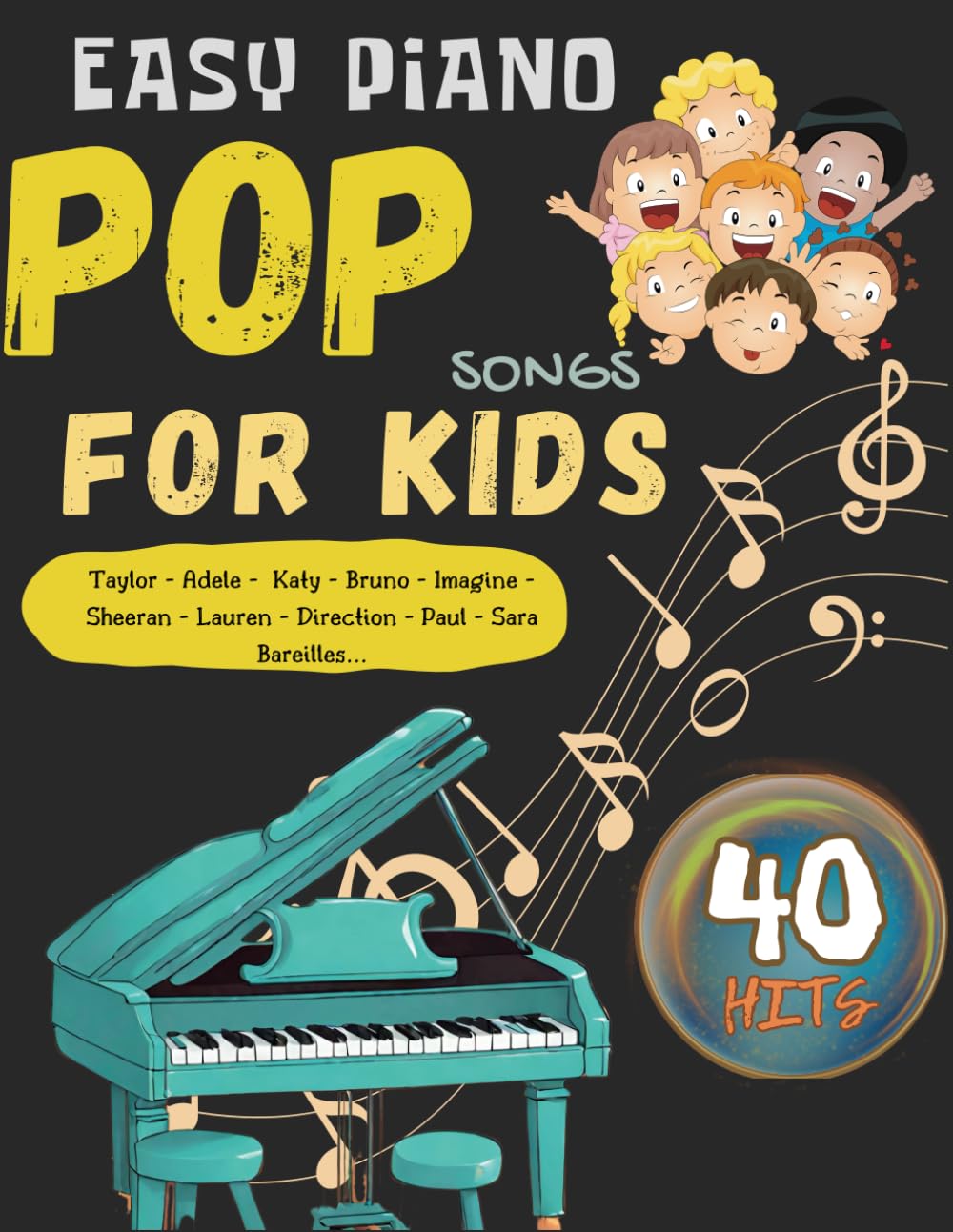
It’s essential to keep kids engaged and motivated in their piano lessons, and introducing them to popular songs can be helpful. Two highly recommended piano books featuring pop songs for kids are and The Giant Book of Pop & Rock Sheet Music. Both books provide simplified arrangements of hit songs from various artists, ensuring a fun and enjoyable experience for young pianists.
-
: Features 40 popular tunes, including classics like “Hakuna Matata” and modern hits like “Shape of You.”
- The Giant Book of Pop & Rock Sheet Music: Offers over 200 songs from different eras, catering to diverse musical tastes and ensuring a versatile repertoire.
Jazz for Kids
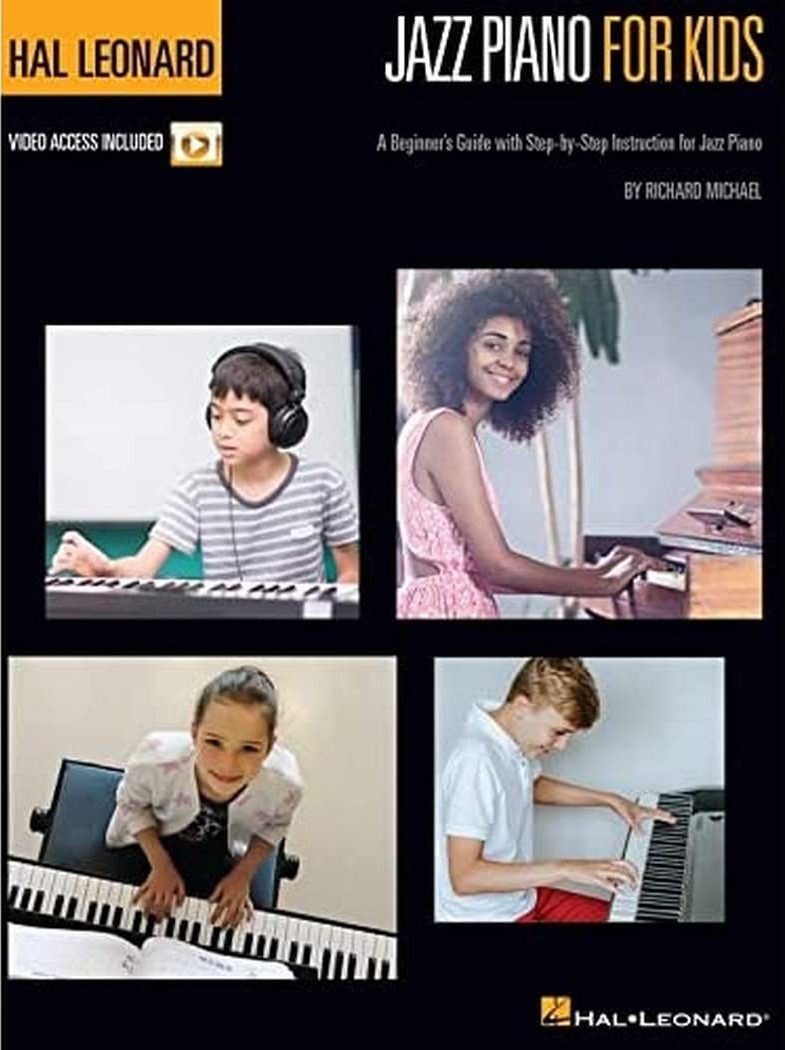
Introducing young pianists to the world of jazz can help broaden their musical horizons and provide a new dimension to their playing. A great resource for jazz piano lessons is The Real Book: Volume 1, containing over 400 well-known jazz standards. Although not specifically designed for children, this extensive book can serve as a source of simplified versions of famous jazz tunes for young players.
Another fantastic choice is ‘s Jazz Piano for Kids. Created specifically for children, this book includes 12 child-friendly jazz compositions along with play-along tracks, making it an engaging and educationally valuable experience for young jazz enthusiasts.
Essential Theory and Technique Guides
Theory Book Selections
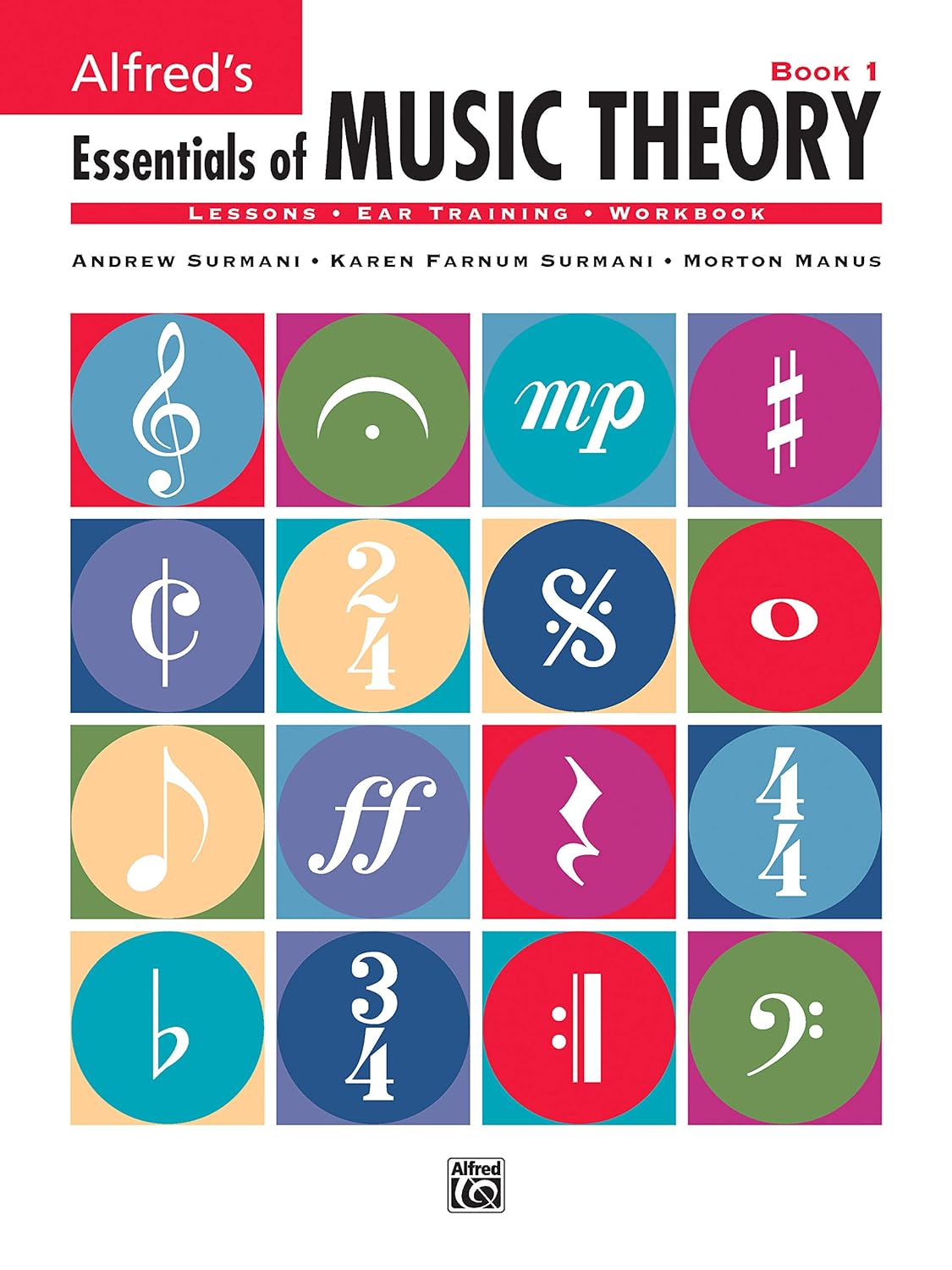
Introducing music theory to children can be a vital step in their musical journey. The following list of theory books provides young pianists with the necessary tools to develop a strong foundation in music theory.
- Alfred’s Essentials of Music Theory – This comprehensive theory book covers all basic concepts, making it an ideal choice for beginners.
- Music Theory for Young Musicians – This series from the Associated Board of the Royal Schools of Music appeals to children through its colorful illustrations and engaging exercises.
- Theory Time – This workbook series covers everything from basic note reading to advanced harmonization, catering to various skill levels.
| Theory Book | Age Group | Key Features |
|---|---|---|
| Alfred’s Essentials of Music Theory | 8+ | Comprehensive, beginner-friendly |
| Music Theory for Young Musicians | 5+ | Colorful, engaging |
| Theory Time | 5+ | Wide range of levels, flexible |
Technique Book Overviews
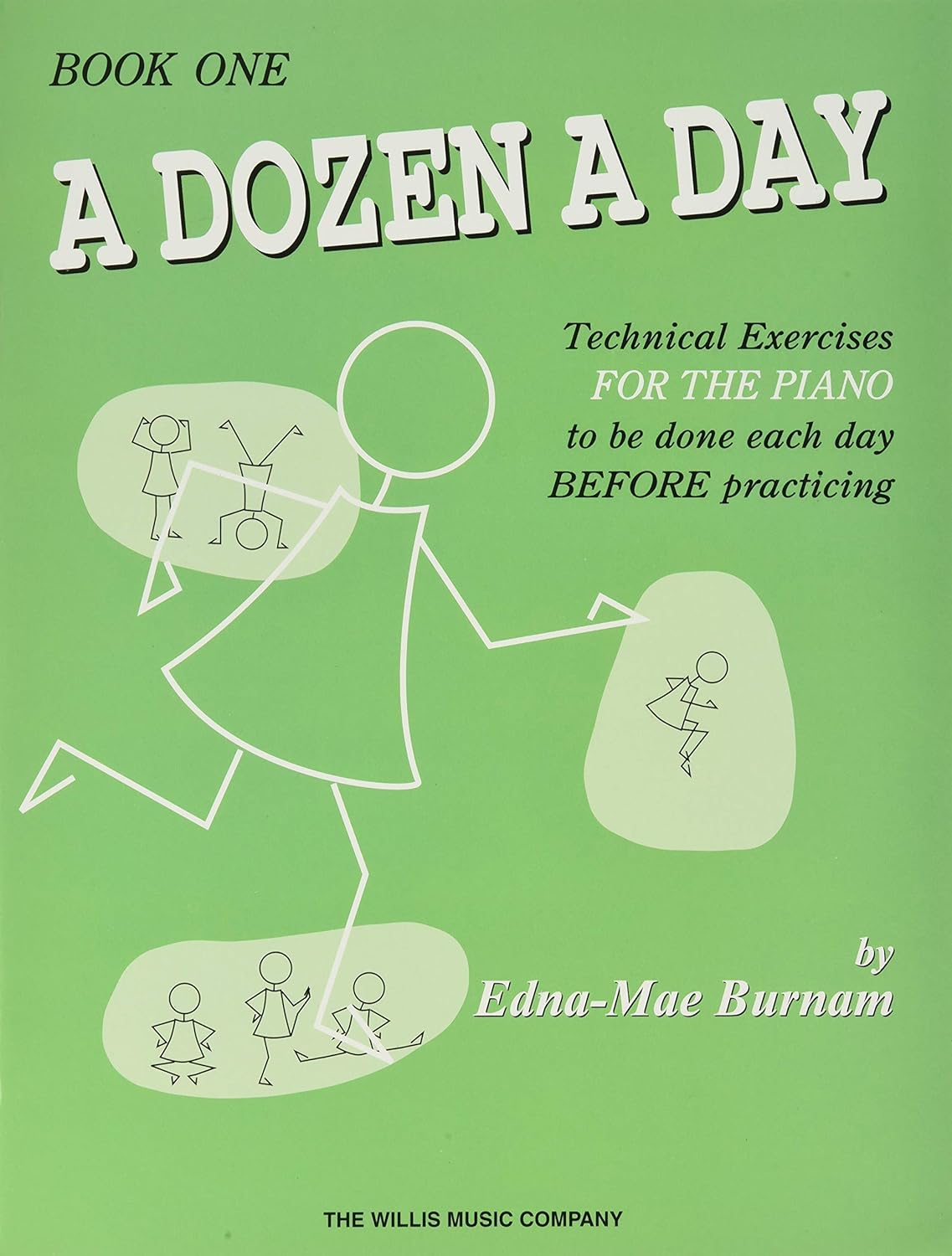
In addition to theory books, it’s essential for children to develop competent piano-playing techniques. Here are some notable technique books that cater to different age groups and skill levels:
- Dozen A Day – This well-known technique book series offers short daily exercises for young pianists, building up technical abilities and finger strength.
- Hanon: The Virtuoso Pianist – This classic book is suitable for more advanced students, guiding them through numerous exercises to improve finger dexterity, speed, and overall technique.
- Piano Adventures: Technique & Artistry Books – This series, correlated with the Piano Adventures method books, combines technique practice with artistic expression, benefiting students of all levels.
| Technique Book | Age Group | Key Features |
|---|---|---|
| Dozen A Day | 5+ | Short daily exercises, beginner-friendly |
| Hanon: The Virtuoso Pianist | 10+ | Advanced exercises, comprehensive |
| Piano Adventures: Technique & Artistry Books | 5+ | Artistic expression, flexible |
When selecting theory and technique books for kids, it’s important to consider the child’s age, skill level, and personal interests. This tailored approach will ensure that young pianists remain engaged and motivated as they develop their musical abilities.
Building a Repertoire
Songbooks and Performance Pieces
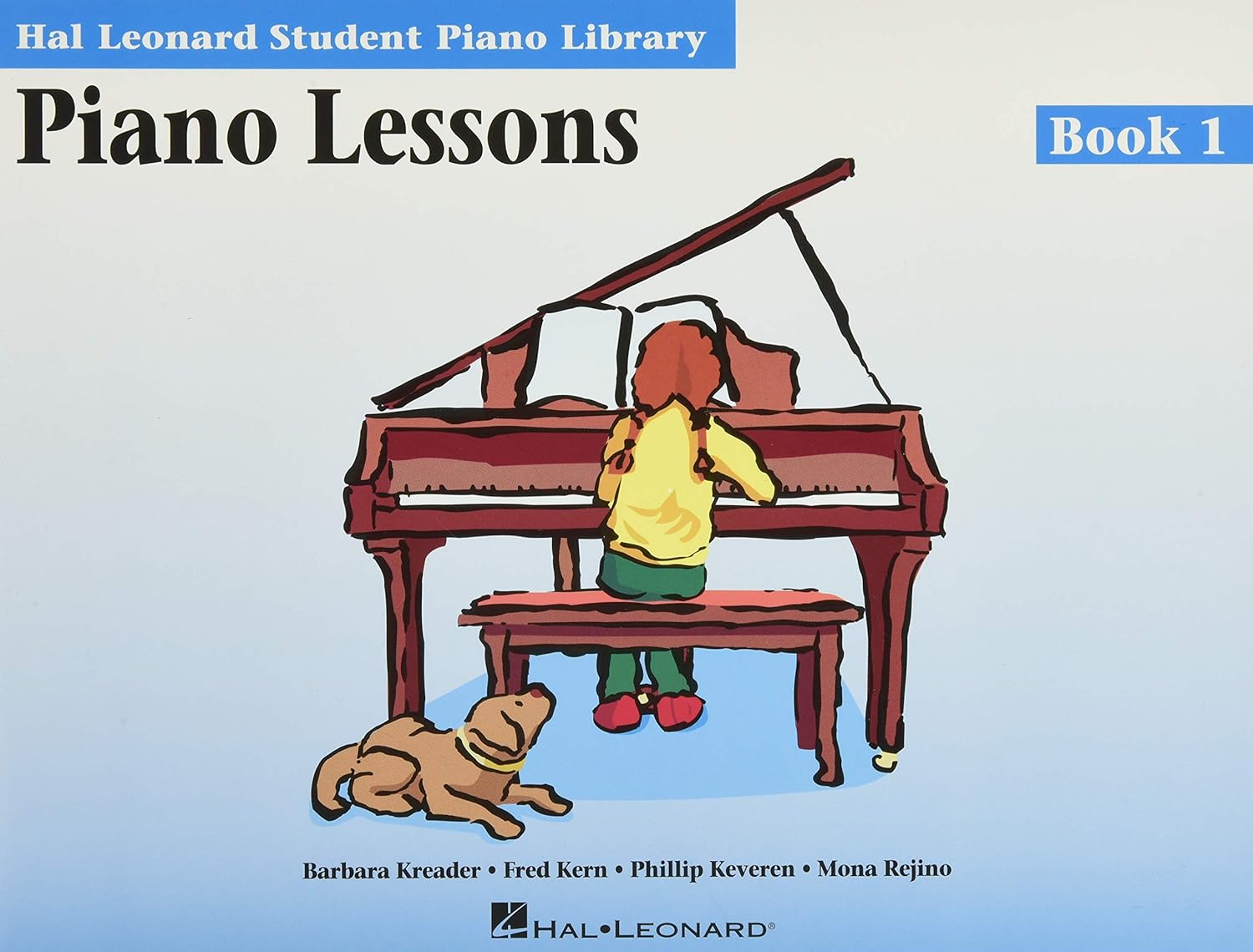
When introducing children to piano, it is essential to utilize a variety of songbooks and performance pieces that cater to their level and interests. Engaging and enjoyable songs help to develop a child’s musical ear and enhance their motivation to practice. Here are a few popular songbooks:
- Alfred’s Basic Piano Library: This series offers a wide variety of piano songs for any level, from beginners to advanced players. It is arranged in a progressive order, ensuring steady skill development.
- Faber’s Piano Adventures: A comprehensive method book series that helps children to learn the piano in an engaging and interactive way while providing a rich foundation of repertoire.
- Hal Leonard Student Piano Library: The series includes popular tunes and classical pieces tailored for the young beginner. Each book is carefully graded, ensuring a smooth progression in difficulty.
Sheet Music Collections
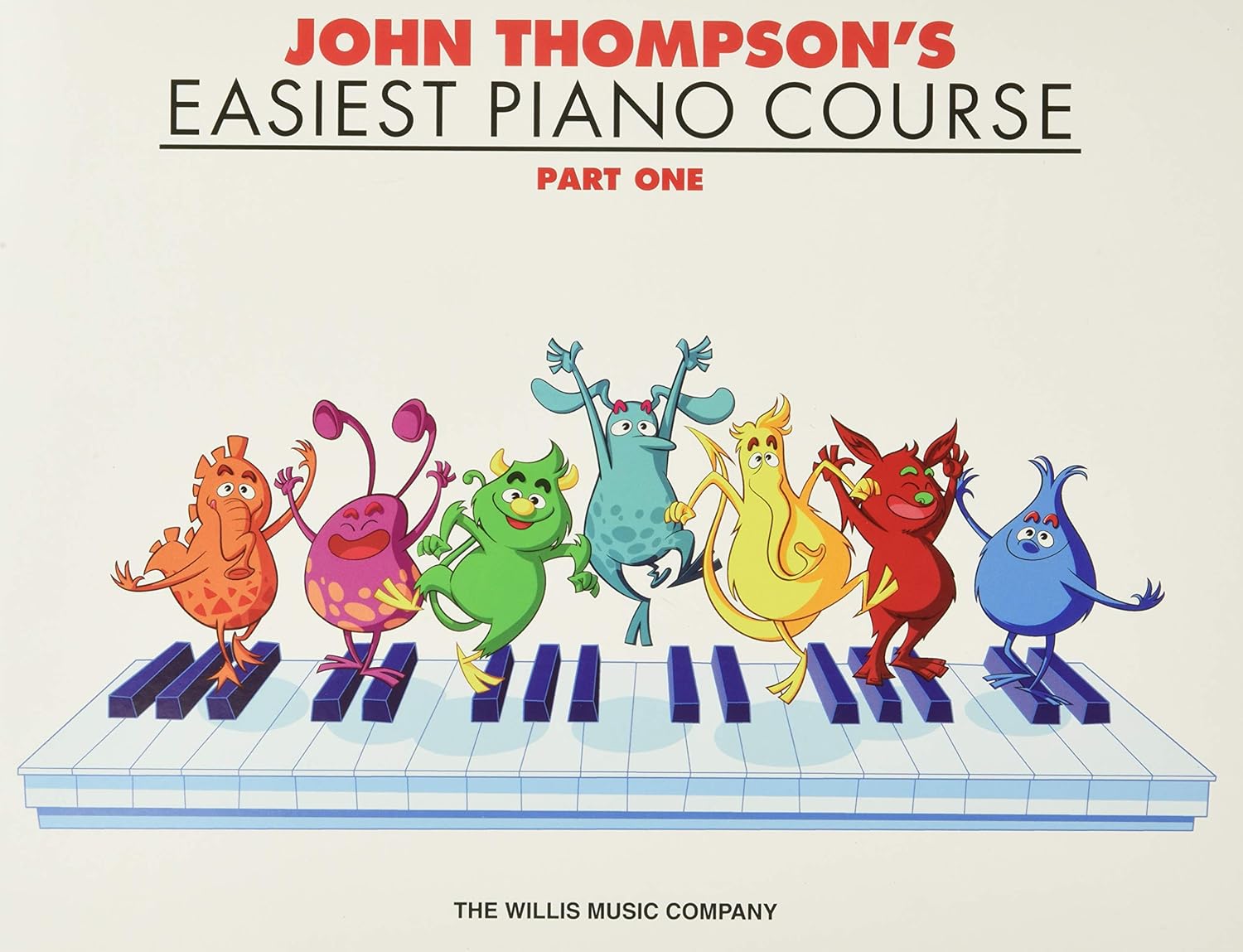
In addition to songbooks, sheet music collections are valuable resources for building a diverse and engaging piano repertoire for children. These collections typically focus on a specific style, composer, or period, allowing children to dive deep into their musical tastes. Here are a few recommendations:
- A Dozen a Day: Comprising a series of piano practice books, this collection features warm-up exercises and short songs designed to help young pianists improve their technique.
- John Thompson’s Easiest Piano Course: Catering to young beginners, this sheet music collection provides an extensive range of engaging pieces that introduce children to a variety of musical styles.
- The Joy of First Year Piano: This sheet music collection offers an excellent selection of easy arrangements and original compositions, including classical, folk, and popular songs for the first-year student.
Utilizing a combination of songbooks, performance pieces, and sheet music collections will ensure a well-rounded piano education for children. It will equip them with fundamental skills, foster their creativity, and keep them excited about exploring the world of piano music.
Instructional Series for Young Learners
Learning to play the piano can be a fun and rewarding experience for children. When it comes to instructional materials, there are several series that stand out for their effectiveness and approachability for young learners. In this section, we’ll discuss two popular instructional series: the Suzuki Method books and the Hal Leonard series.
Suzuki Method Books
The Suzuki Method is a widely respected and recognized instructional series for children. Developed by Dr. Shinichi Suzuki, this approach to music education focuses on developing musical talent through a nurturing and positive environment. Key features of the Suzuki Method include:
- Learning by ear: Students are encouraged to listen to recordings of the pieces they’re learning and develop their aural skills.
- Parent involvement: Parents play an active role in their child’s musical education, learning alongside them and providing support during practice sessions.
- Group lessons: In addition to individual lessons, students participate in group classes where they can learn from one another and enhance their performance skills.
The Suzuki Piano School series consists of 7 volumes, each containing a carefully selected collection of pieces that progressively increase in difficulty. Through these books, young learners can develop a strong foundation in music theory, technique, and expression.
Hal Leonard Series
The Hal Leonard Series is another popular instructional series for young piano students. This method provides a clear and organized approach to learning the piano, incorporating elements of both traditional and contemporary teaching techniques. Some notable aspects of the Hal Leonard series are:
- Clear lesson structure: Each lesson is broken down into manageable sections, making it easy for students to follow and progress at their own pace.
- Emphasis on reading and rhythm: The series places a strong focus on developing students’ note-reading and rhythmic skills from the very beginning.
- Engaging materials: The books feature a mix of original compositions, arrangements of familiar tunes, and classical pieces, all presented with colorful illustrations and engaging activities that help younger learners stay interested and motivated.
In summary, both the Suzuki Method books and the Hal Leonard series offer valuable instructional resources for young piano students. Each series has its own unique approach to teaching, allowing parents and educators to find the best fit for their students’ needs and goals.
Innovative Teaching Methods
Accelerated Learning Techniques
Accelerated Piano Adventures is a series of piano method books that employ innovative teaching techniques designed for quick and efficient learning. The books are presented in a logical, chronologically organized sequence, making it easier for students to comprehend and retain concepts. Some key features of these books include:
- Multisensory approach: Students learn through a combination of visual, auditory, and tactile experiences, which cater to different learning styles and enhance the overall learning process.
- Technique secrets: Each lesson comes with specific technical tips, presented in a clear and concise manner. This helps students focus on developing proper piano playing habits from the outset.
- Theory and creativity: Alongside traditional technique exercises, Accelerated Piano Adventures includes engaging activities to promote creativity and a deeper understanding of musical concepts.
Teaching Little Fingers to Play
Teaching Little Fingers to Play is another excellent piano method tailored for young learners, aged 5 to 9 years. The book employs a highly effective step-by-step approach, gradually introducing students to new skills and concepts and ensuring they develop a solid foundation in piano playing. The key elements of this teaching method are:
- Color-coded visual aids: The book uses color codes to help students easily identify note values, finger numbers, and other essential concepts, making learning more engaging and accessible.
- Variety of songs and activities: Teaching Little Fingers to Play includes a diverse range of songs from different genres and cultures, alongside simple games and activities designed to reinforce learning and keep students motivated.
- Teacher support: The method encourages interaction between teacher and student and provides clear guidance on how to break down tasks, allowing students to effectively apply and practice new skills.
Books for Enhancing Musical Understanding
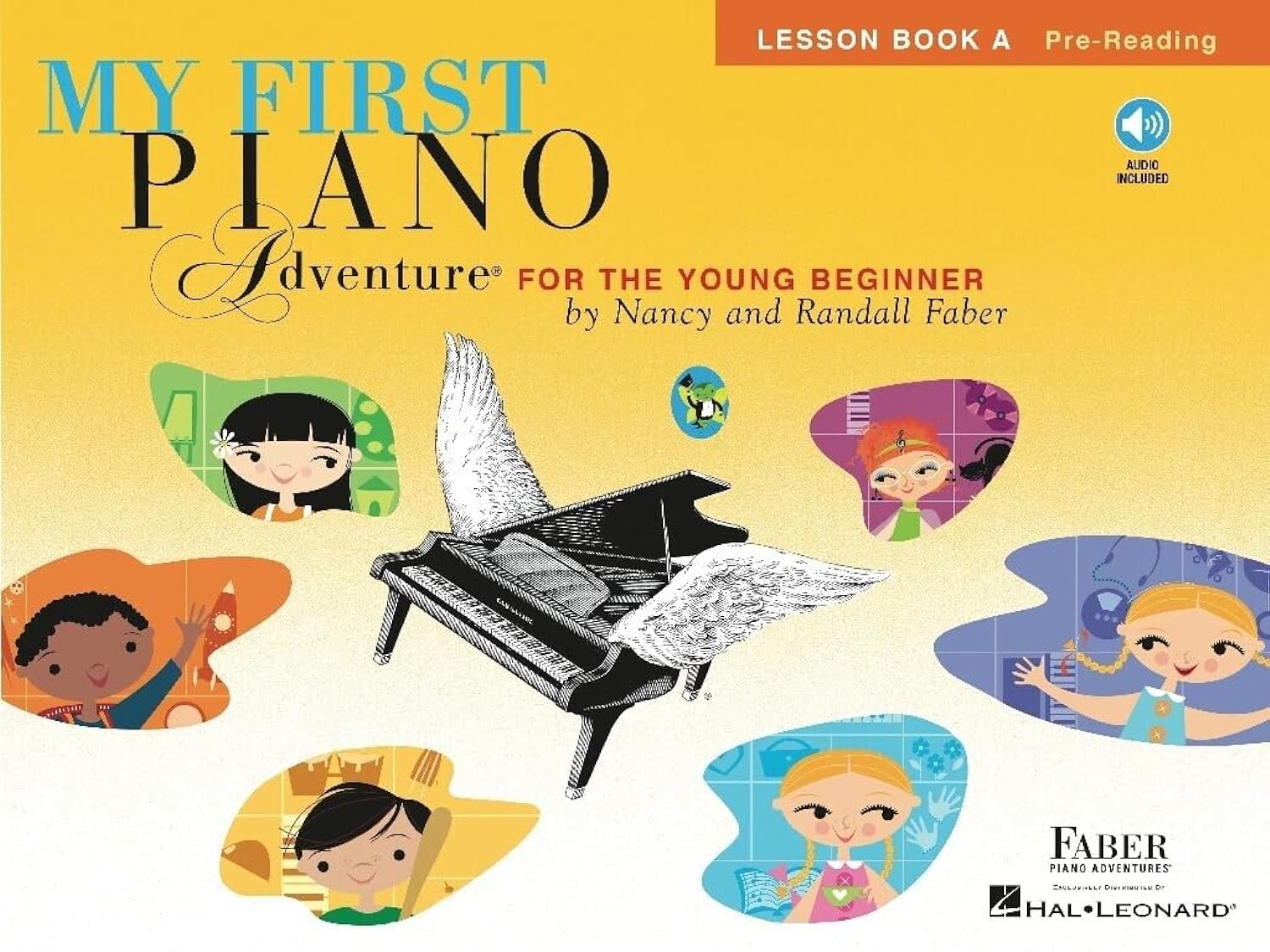
Rhythm and Melody Exercises
One essential aspect of a child’s musical journey is developing a strong foundation in rhythm and melody. As children start to learn piano, it’s crucial to introduce them to rhythm and melody exercises. These exercises encourage a more profound understanding of musical notation and assist in honing their listening and playing skills. Some of the best books for rhythm and melody exercises include:
- My First Piano Adventure: This series by Nancy and Randall Faber is an excellent resource for young pianists. It presents easy-to-understand lessons, engaging illustrations, and finger numbers to guide them through various hand positions. My First Piano Adventure also dedicates sections to develop a child’s rhythmic and melodic awareness.
- John Thompson’s Easiest Piano Course: This well-established series is perfect for kids at the absolute beginner stage. It emphasizes reading music and introduces rhythm exercises to improve rhythmic sense gradually. The clear instructions and colorful illustrations make it highly appealing for young learners.
Introducing Musical Notations
Equipping kids with the ability to read and understand musical notations is another paramount aspect of their musical journey. The books listed below are tailored to help children grasp this new language with ease:
- Alfred’s Basic Piano Library: A popular choice for young pianists, this series progresses gradually, teaching different hand positions and finger numbers. It introduces musical notations in an accessible manner, helping kids master note reading right from the start.
- Piano Adventures: This series by Nancy and Randall Faber offers a comprehensive and thorough approach to learning the piano. It starts at a primer level, gradually introducing musical notations and symbols. The series focuses on developing strong reading skills, along with finger strength and rhythmic understanding.
By introducing children to these books, their musical understanding will be enhanced, paving the way for a fulfilling and enjoyable piano learning experience.
Engaging Visuals and Illustrations
When it comes to teaching children piano, engaging visuals and illustrations play a crucial role in captivating their attention and turning learning into an enjoyable experience. This section explores two notable categories of piano books that enhance the learning process for kids through the use of engaging visuals: Highly Illustrated Books and Interactive Piano Books.
Highly Illustrated Books
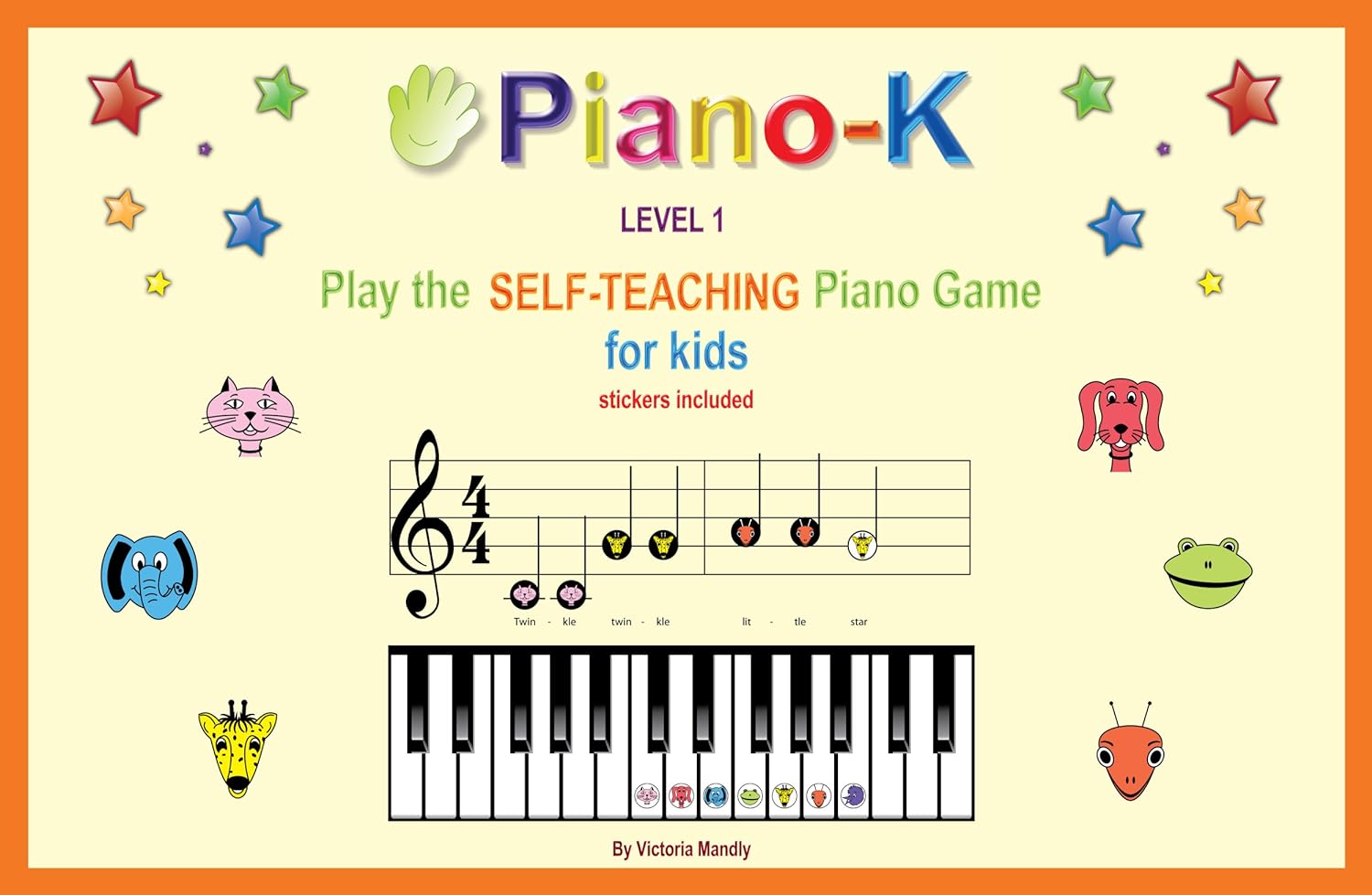
These books come with vivid illustrations, ensuring that kids remain engaged throughout their piano-learning journey. The use of colorful visuals not only sparks their interest but also helps them understand key concepts. Here are a few examples of highly illustrated piano books for children:
- My First Piano Adventure by Nancy and Randall Faber
- Alfred’s Basic Piano Library Lesson Book by Willard A. Palmer, Morton Manus, and Amanda Vick Lethco
- Piano-K, Play the Self-Teaching Piano Game for Kids by Victoria Mandly
- Bastien Piano Basics by James Bastien
Each book’s captivating illustrations assist in explaining musical concepts, such as notation, rhythm, and finger placement. Additionally, these visual aids help enforce memory retention, making it easier for children to remember what they learned during their practice.
Interactive Piano Books
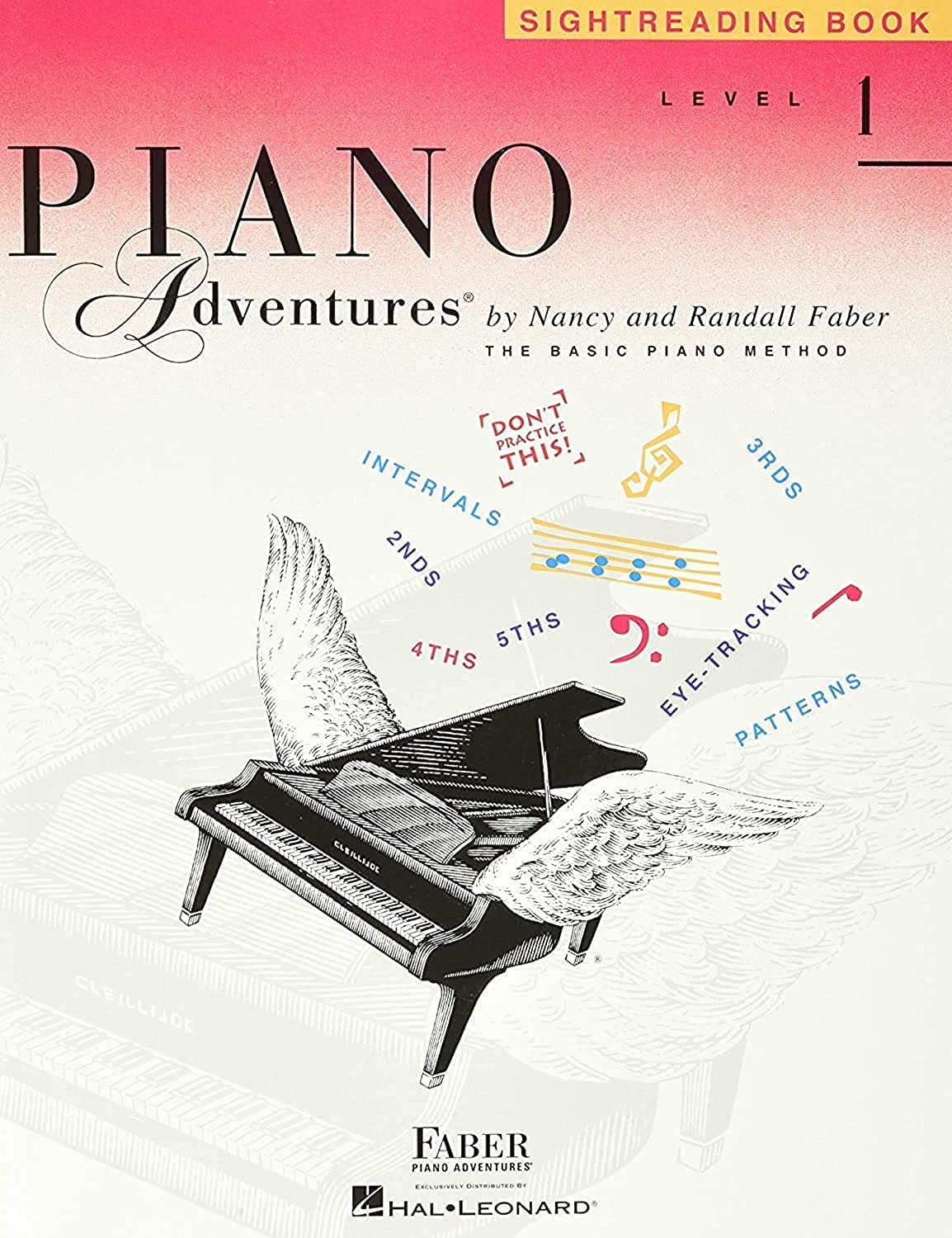
Interactive piano books take learning a step further by incorporating features that promote active participation and engagement. This enhances the learning experience for children, as they play and learn simultaneously. Some prominent examples of interactive piano books are:
- Piano Maestro by JoyTunes: This interactive book comes with a corresponding app, allowing children to play along with songs and receive instant feedback on their performance.
- The Piano Adventures Sightreading Book: This digital interactive book features engaging video lessons, where children can watch and learn from the recorded performances of professional pianists.
- John Thompson’s Easiest Piano Course by John Thompson: This book utilizes appealing illustrations and a systematic approach, combining educational content with interactive elements that keep children engaged.
In conclusion, incorporating engaging visuals and illustrations is an essential aspect of piano books for children. Offering a variety of highly illustrated and interactive piano books ensures that young learners stay motivated and interested throughout their musical journey, making the learning process enjoyable and effective.
Choosing the Right Book
Parent and Teacher Recommendations
When looking for the perfect piano book for kids, it is essential to consider the recommendations of both parents and piano teachers. They are the ones most familiar with the child’s skill level, learning pace, and interest in music. Furthermore, they can attest to the effectiveness and engaging nature of a piano book from first-hand experience.
Ask for suggestions: Reach out to fellow parents or teachers who have successfully used piano books for kids. Gather a list of recommendations and research each book to determine its suitability.
Consider the child’s learning style: Each child has a unique learning style. Some may prefer visual cues, while others may learn best through auditory methods. Keep this in mind when reviewing recommended piano books.
Supplemental Resources and Libraries
In addition to the main piano books, it is helpful to utilize supplemental resources and libraries. These additional materials can enrich a child’s learning experience and provide extra practice opportunities.
Online resources: Websites and apps may offer supplementary activities and sheet music that correspond with the chosen piano book. These resources can also provide engaging games and quizzes that reinforce learning.
Local libraries: Libraries often have a wide selection of piano books and music resources, including instructional DVDs and music CDs. This can be an excellent way to explore different piano books before committing to a particular one.
By considering the child’s needs, skill level, and learning style, as well as obtaining recommendations from parents and piano teachers, you can confidently choose the right piano book for a child’s development in music education. Pairing the chosen book with supplemental resources and libraries further ensures a comprehensive and well-rounded learning experience.
Conclusion
In summary, selecting the best piano books for kids involves considering factors such as the age, skill level, and interests of the child. The following list showcases a selection of top piano books that cater to a range of learning styles and age groups.
- Alfred’s Basic Piano Library: Offers a comprehensive learning experience for beginners, with a focus on developing theory, note reading, and technique.
- Piano Adventures by Faber and Faber: Features engaging and diverse musical pieces that encourage creativity and expression.
- Bastien Piano Basics: Presents a carefully structured curriculum, suitable for younger children who benefit from step-by-step learning.
- Hal Leonard’s Essential Elements: Provides a great range of musical genres and is especially known for its effective pacing.
| Book Series | Target Age Group | Skill Level | Learning Approach |
|---|---|---|---|
| Alfred’s Basic Piano Library | 5+ years | Beginner | Comprehensive |
| Piano Adventures | 6-12 years | Beginner-Intermediate | Creative and Expressive |
| Bastien Piano Basics | 4-7 years | Beginner | Structured |
| Hal Leonard’s Essential Elements | 7+ years | Beginner-Intermediate | Varied Genres and Pacing |
It is important for parents and teachers to encourage children to continuously practice and enjoy the process of learning the piano. With the right choice of piano book, tailored to the child’s needs and preferences, their journey in mastering the instrument will be fun, engaging, and rewarding. Happy playing!

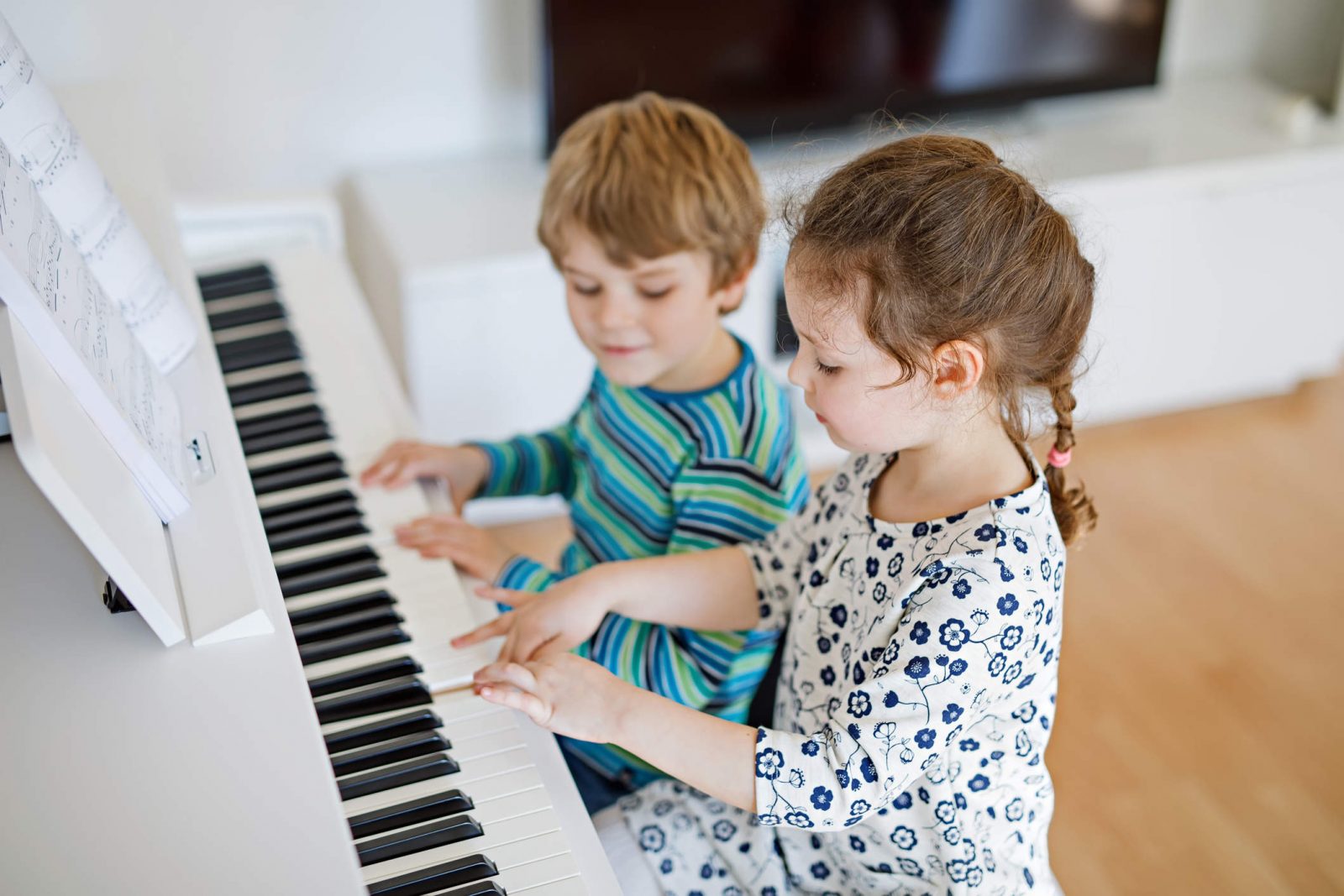
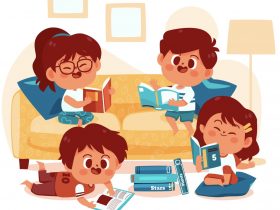

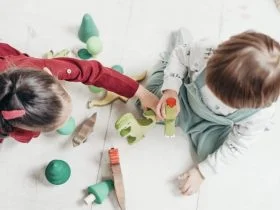
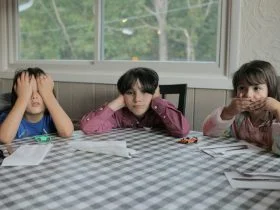

Leave a Reply
View Comments